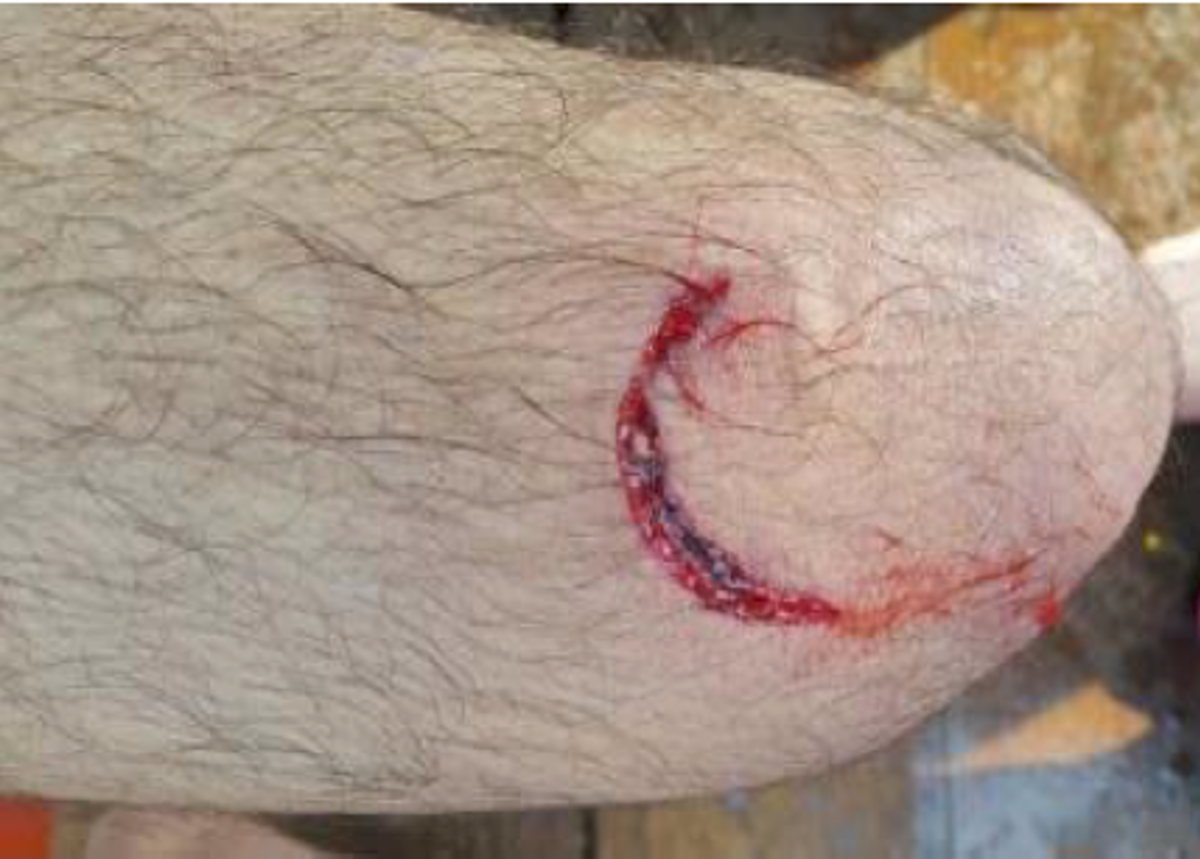Diver sustains water jetting injury
- Safety Flash
- Published on 3 March 2015
- Generated on 21 December 2025
- IMCA SF 03/15
- 2 minute read
Jump to:
A Member has reported an incident in which a diver injured himself using a water jetting tool.
The incident occurred during the removal of marine growth from the leg of an offshore platform. When the diver was shifting the water jet from one side to another, the trigger was accidentally pressed as the nozzle passed over the diver’s knee.
No injury was felt or noticed by the diver at that time and the diver continued working. On returning to the surface on completion of the dive, the diver felt pain whilst undressing and an acute injury was noticed about 7.5cm long and about 2mm deep approximately 5 cm above the left knee.
First aid was administered to the diver on board the vessel, before he was medevac’d to base by chopper for immediate medical attention. The diver was later shifted to an onshore hospital for further treatment where it was declared only as a superficial injury and only a change of dressing was advised till recovery.

injury to diver
Findings
Our Member’s investigation noted that:
- During the water jetting dive the diver had on a wetsuit and a diving denim coverall for his protection.
- The safety lock was not activated on the water jet, allowing it to trigger whilst shifting position or location in water.
Actions
Our Member took the following actions:
- The supervisor to give additional briefing before use of high pressure water jetting equipment.
- Divers should ask for the water jet to be ‘made cold’ or pressure turned off, before moving locations.
Members may wish to refer to IMCA D049 – Recommended practice for the use of high pressure jetting equipment by divers.
Related safety flashes
-
IMCA SF 05/11
29 June 2011
-
IMCA SF 06/07
30 July 2007
IMCA Safety Flashes summarise key safety matters and incidents, allowing lessons to be more easily learnt for the benefit of the entire offshore industry.
The effectiveness of the IMCA Safety Flash system depends on the industry sharing information and so avoiding repeat incidents. Incidents are classified according to IOGP's Life Saving Rules.
All information is anonymised or sanitised, as appropriate, and warnings for graphic content included where possible.
IMCA makes every effort to ensure both the accuracy and reliability of the information shared, but is not be liable for any guidance and/or recommendation and/or statement herein contained.
The information contained in this document does not fulfil or replace any individual's or Member's legal, regulatory or other duties or obligations in respect of their operations. Individuals and Members remain solely responsible for the safe, lawful and proper conduct of their operations.
Share your safety incidents with IMCA online. Sign-up to receive Safety Flashes straight to your email.